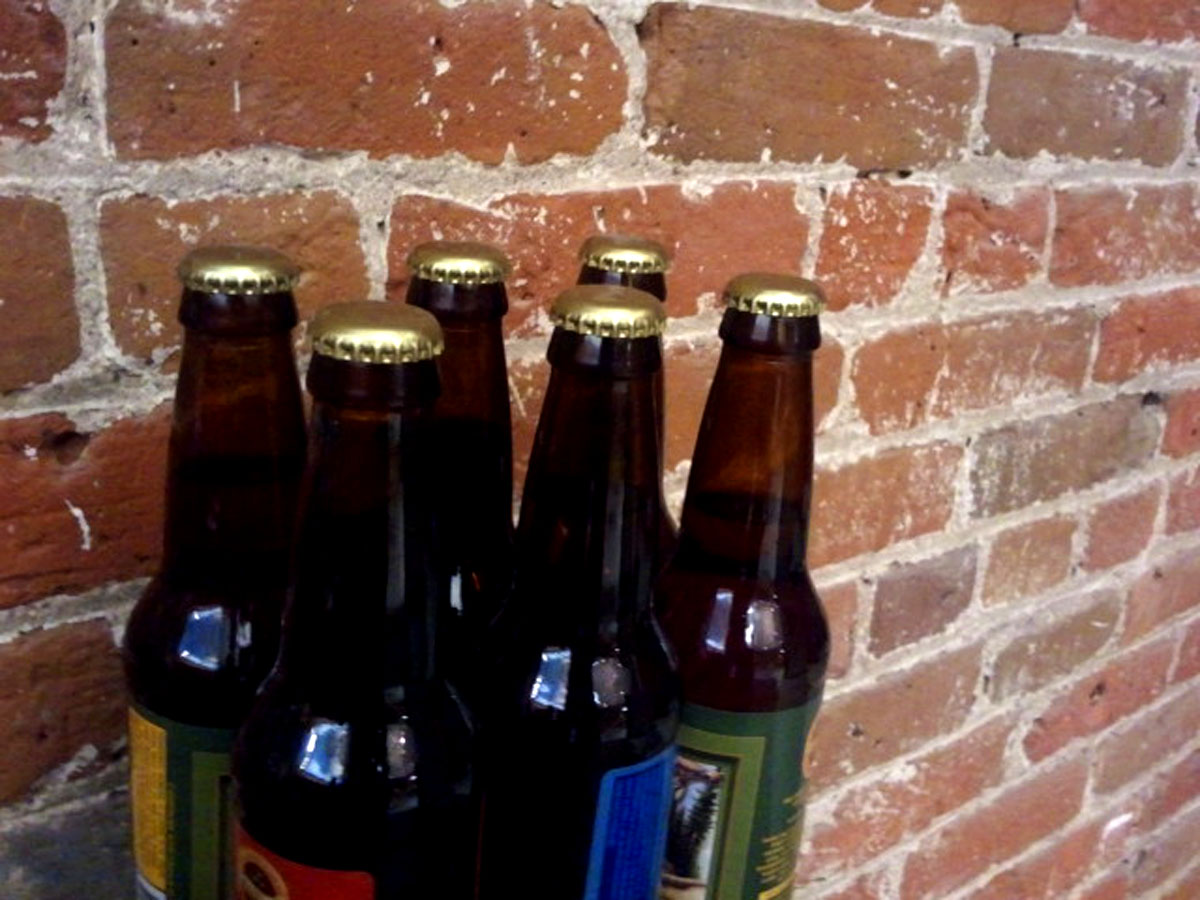The Local newsletter is your free, daily guide to life in Colorado. For locals, by locals.
For most of us, we come home and toss a six-pack in the fridge, where it enjoys a short but savory life. But for a beer-quality connoisseur, it’s easy to amass a collection of brews that no longer fits comfortably between your carton of milk and ketchup bottles. What’s a beer lover to do? Much like a wine collector, you can build a beer cellar. (In some cases, it enhances the flavor.) Here’s what you need to know before filling your basement with your favorite bottles and cans.
Blackout: The chemical structure of hop oil is extremely sensitive to light (a photosynthetic reaction occurs that alters the aroma and flavor). Even brown and green glass bottles are subject to this phenomenon. If you, like many dedicated drinkers, have a “beer fridge,” unscrew the light bulb to give your brews a dark cave to live in.

Keep your cool: It may seem obvious to keep your beers cold, but if you’re interested in really catering to the needs of specific brews, read on. The basic rule of thumb is the higher the alcohol, the higher the temperature for long-term storage. Lagers, pilsners, and wheat beers will live a happy life at standard fridge temperatures, but ales (IPAs, stouts, and dobbelbocks) will keep better when stored at temperatures between 50 and 55 degrees. Barley wines, tripels, and dark ales are fine at room temperature, as long as it is constant.
Get up, stand up: There is some debate in the brewmaster world concerning the position of corked beer for storage. Traditionalists argue that beer should be stored on its side, like wine, to prevent the cork from drying out. But storing your beer horizontally increases oxidation, and allows the cork to commingle with the beer and contaminate the flavor. Most brewers agree that storing your corked beer upright is the best option, and modern methods of corking have proven impervious to drying out anyway.
Grow up: The average beer has a shelf life of three to six months, but stronger brews benefit from extended periods of maturation. For those hefty brews, buy two bottles of a barrel-aged beer. Tuck one into a temperature-controlled, dark corner and let it sit for five or six years. It is worth the wait, but drink the other one now as a control bottle. This is an experiment, after all.
Did you know? When a beer is “skunked,” it has been ruined by overexposure to light. Often, people misuse the phrase to refer to beer that has been ruined by fluctuating temperatures. A beer can become skunked in a matter of minutes in the right conditions, so a coozy is always a bright idea on a sunny day. Who knew beers need SPF too?








